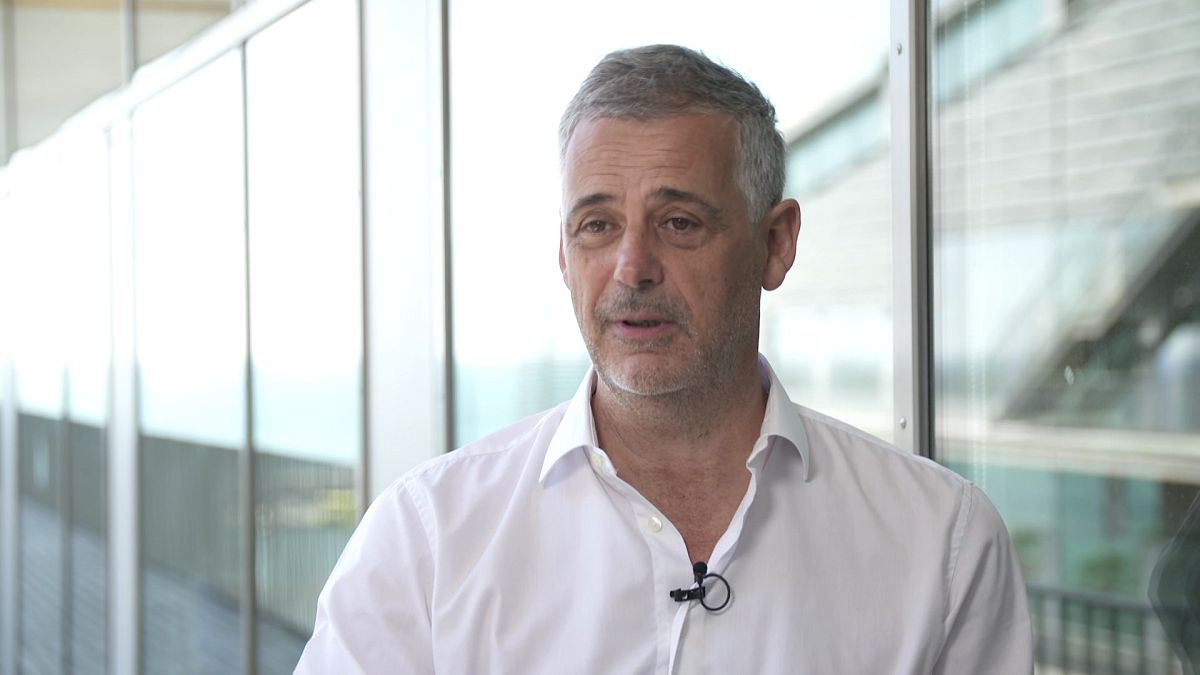Luis Serrano is the Director of the Centre for Genomic Regulation (CRG) in Barcelona. Speaking to Futuris, he explained how his research might eventually be used to tackle COVID-19.
Luis Serrano is the Director of the Centre for Genomic Regulation (CRG) in Barcelona. He studies bacteria with the aim of developing vaccines to help fight respiratory diseases in both farm animals and humans. Speaking to Futuris, he explains how the research could be used to eventually tackle COVID-19.
Growing organisms for vaccine development
“Obtaining vaccines to fight an organism, be it a bacteria or a virus, is very complex. Why? Because growing those organisms in labs is often very difficult, and yet you absolutely need to grow a weaker version of this organism if you want to get an immune system response in humans or animals. If you successfully grow one of these organisms in the lab, and then also stick proteins of the bacteria or virus - for which you are searching for a vaccine - onto it, then you have a lead. In this case you can grow the organism, dress it with what you want, and eventually get vaccines to fight other organisms that are difficult to grow in labs."
Modifying viruses and bacteria
"The research being conducted on the coronavirus is a good example of this. Scientists have turned to the flu virus and they are placing proteins from the coronavirus on the outer part of this ordinary flu virus. Our idea was the same. Farm animals develop respiratory diseases from bacteria which are hard to grow. So we used another bacteria that is easier to grow, and we inserted them with certain proteins. And then we inoculated the modified bacteria into the animals, to vaccinate them”




